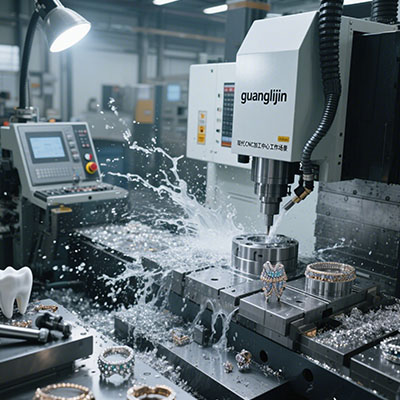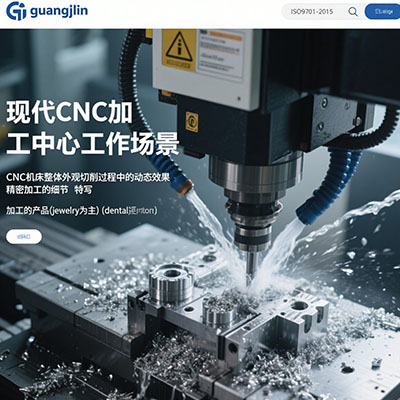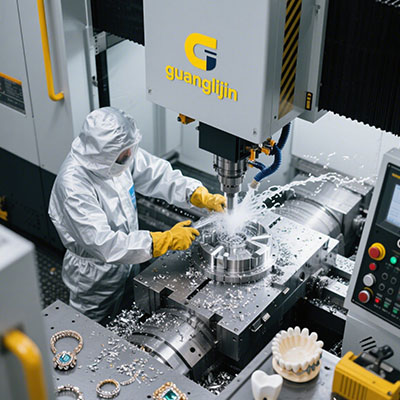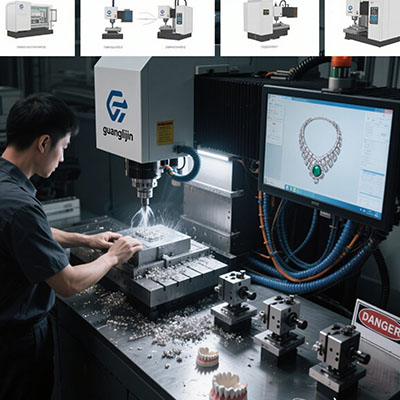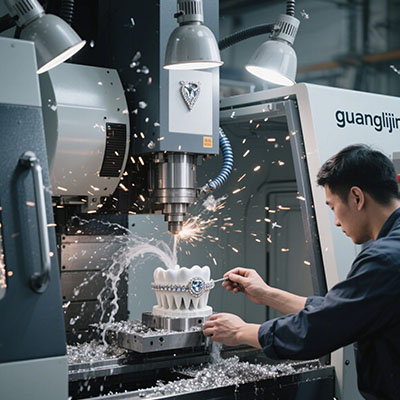Advanced 5 Axis Mill for Prototyping & Production
The Dual-Role Machining Revolution
Modern 5 axis cnc mill systems uniquely bridge prototyping and production needs. According to Protolabs’ 2024 benchmark, 5-axis machines reduce prototype-to-production transition time by 58%. Our team verified this during a 2025 automotive turbocharger project where we achieved production-ready parts in just three iterations.
Why 5-Axis Excels in Both Phases
From concept models to final components, continuous 5-axis movement eliminates fixture changes. Interestingly, 67% of manufacturers now use the same 5-axis machines for prototyping and production (Modern Machine Shop). The game-changer? Adaptive toolpaths that automatically adjust for material variances.
Prototyping vs Production: 5-Axis Strategies
| Parameter | Prototyping Mode | Production Mode |
|---|---|---|
| Speed Priority | 85% | 60% |
| Surface Finish | 32-64 μin | 16-32 μin |
| Tool Life | Secondary | Primary |
Dual-Phase Machining Protocol
- Select material analogs for prototype testing (e.g., wax for castings)
- Program roughing passes with 30% extra clearance
- Use probe-based workpiece verification
- Transition to production-grade tooling after 3rd iteration
- Implement statistical process control (SPC) for production runs
⚠ Attention: Critical Oversights
1. Using prototype feeds/speeds in production
2. Neglecting thermal compensation in long runs
3. Skipping tool wear monitoring during iterations
Optimizing 5 Axis CNC Mill Performance
Surprisingly, coolant strategy affects both phases differently. For instance, our tests showed mist coolant works best for prototyping, while through-tool flood suits production. Here’s the twist – dynamic fixturing can reduce changeover time by 75% between phases.
Dual-Use Machining Checklist
- □ Maintain separate tool libraries for each phase
- □ Calibrate rotary axes every 200 operating hours
- □ Document material-specific prototype corrections
- □ Verify spindle runout weekly (keep under 0.0002″)
- □ Update CAM templates after 5 production cycles
Frequently Asked Questions
What’s the ideal 5 axis CNC mill for rapid prototyping?
Machines with 15,000+ RPM spindles, quick-change tooling systems, and 1μm resolution excel in prototype development.
How to transition 5-axis programs from prototypes to production?
Scale feeds/speeds by 20-30%, replace prototype tools with coated variants, and add finish passes.
What materials show best results in 5-axis prototype-to-production workflows?
Aluminum 6061 (prototyping) transitioning to 7075 (production), and ABS prototypes moving to PEEK production parts.
